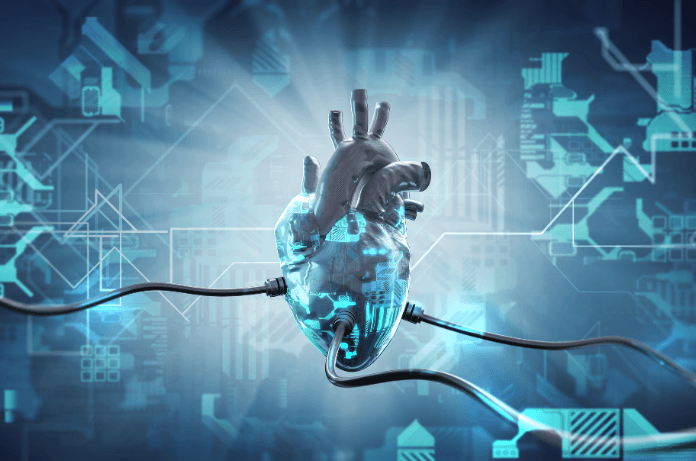For decades, the human heart has been viewed as a tireless organ, capable of incredible endurance but tragically unable to regenerate itself after damage. But what if that belief isn’t entirely accurate? An international team of researchers, co-led by the University of Arizona College of Medicine and Tucson’s Sarver Heart Center, has revealed that the human heart may have a hidden ability to heal under specific circumstances. Their findings could pave the way for revolutionary treatments for heart failure—offering a glimpse of hope to millions worldwide.
Heart failure, a condition where the heart fails to pump blood effectively, affects nearly 7 million adults in the United States alone, contributing to 14% of all deaths annually, according to the Centers for Disease Control and Prevention. While medications can slow its progression, there is no definitive cure. For advanced stages, the only options are heart transplants or the use of artificial hearts, known as left ventricular assist devices (LVADs), which mechanically pump blood through the body.
The Breakthrough Study: Artificial Heart Can Regenerate Muscle Cells
Dr. Hesham Sadek, MD, PhD, director of the Sarver Heart Center and chief of the Division of Cardiology at the University of Arizona, spearheaded a study to challenge the long-held notion that the heart cannot regenerate. Collaborating with global experts, including teams from the Karolinska Institute in Stockholm, Sweden, and the University of Utah Health, Sadek and his colleagues analyzed heart tissue from LVAD patients to uncover evidence of cardiac muscle regeneration. This study is published in the journal Circulation.
Using advanced carbon-dating techniques developed by Swedish and German researchers, the team discovered that patients with LVADs regenerated heart muscle cells at a rate six times higher than that of healthy hearts.
“This is the strongest evidence we have so far that human heart muscle cells can actually regenerate,” said Sadek. “It solidifies the notion that the heart has an intrinsic capacity to heal itself under the right conditions.”
The Key to Muscle Cell Regeneration is Resting (Bed Rest):
The heart’s inability to heal itself has long been attributed to its nonstop workload—pumping blood tirelessly from the moment of birth. In a 2011 study, Sadek demonstrated that while heart cells actively divide during fetal development, they cease shortly after birth, prioritizing pumping over regeneration. However, the introduction of an artificial heart seems to give the organ a much-needed rest, akin to placing an injured muscle in recovery.
“The pump pushes blood into the aorta, bypassing the heart,” Sadek explained. “The heart is essentially resting.”
This “bedrest” for the heart appears to create the ideal environment for cardiomyocyte (heart muscle cell) regeneration. Patients who responded to LVAD therapy experienced not only structural and functional improvement but also significant regeneration of their heart muscle cells.
Why Do Some Respond and Others Don’t?
Despite these promising findings, only about 25% of LVAD patients showed robust heart muscle regeneration. Sadek and his team aim to uncover why some individuals respond while others do not.
“It’s not clear why some patients respond and others don’t, but it’s very clear that the ones who respond have the ability to regenerate heart muscle,” Sadek said. “The exciting part now is to determine how we can make everyone a responder because if you can, you can essentially cure heart failure.”
Implications for Future Heart Treatments
The ability to regenerate heart tissue opens up new avenues for treating heart failure. By targeting molecular pathways involved in cell division, researchers may be able to enhance the heart’s regenerative capabilities. Unlike other experimental therapies, LVADs are already widely used, providing a viable platform for further exploration.
The study’s broader implications suggest that cardiomyocyte renewal could be harnessed therapeutically, even for patients not undergoing LVAD therapy. Sadek’s work builds on years of research and collaboration funded by the Leducq Foundation Transatlantic Networks of Excellence Program, which unites American and European experts to tackle pressing medical challenges.
A Step Toward Hope
Heart failure has long been considered a terminal condition, managed rather than cured. Yet, this study offers a glimmer of hope. With continued research, the dream of regenerating damaged heart muscle may one day become a reality for all patients.
As Sadek put it, “Irrefutable evidence of heart muscle regeneration has never been shown before in humans. This study provided direct evidence.” For now, the scientific community is energized by the possibility of unlocking the heart’s innate ability to heal—a discovery that could change lives forever.

